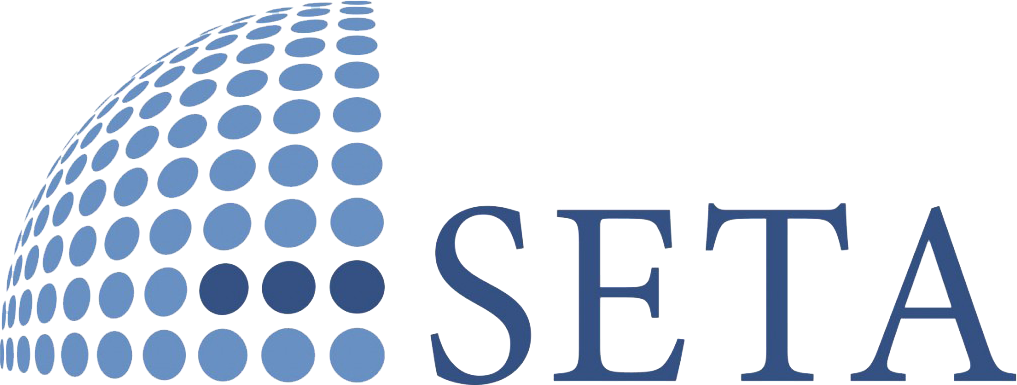
Déjà Vu in Developing Economies? The Intertwined Story of Inflation, Interest Rates and Debt Burden
Money lost to interest payments creates debt burdens and shrinks public resources that could be channeled into development-friendly areas.
Share
A glance at the history of the global economy reveals that certain critical junctures have been decisive for developing countries. And in keeping with the adage that history repeats itself, these critical junctures share some striking similarities: there are noticeable parallels between the historical period of 1971-1982 and today in terms of debt burden, which is a systemic challenge for developing countries and casts a shadow over their economic aspirations.
Let’s take a brief journey in history. In 1971, the U.S. left the Bretton Woods system, breaking the dollar’s link to gold. This bold move removed an important obstacle for the Fed, the U.S. central bank, enabling it to pursue a more inflationary monetary policy to finance the U.S. Treasury’s budget deficit.
After the collapse of the Bretton Woods system, money supply in the United States literally exploded. At the same time, the 1970s witnessed significant geopolitical upheavals, marked by the oil crisis caused by conflicts, wars, and political changes in the Middle East.
As oil-rich Middle Eastern nations restricted the flow of oil to the West, oil prices quadrupled in a short period of time. The surge in money supply and oil prices inevitably sparked inflation, which soared to double-digit levels. But, inflation was not the only problem as oil shortages also affected industrial production and transportation. Western countries faced both high inflation and sluggish economic activity—an economic stalemate known as stagflation.
Read more on Politics Today: Déjà Vu in Developing Economies? The Intertwined Story of Inflation, Interest Rates and Debt Burden
[Politics Today, August 22 2023]
Tags »
Related Articles






